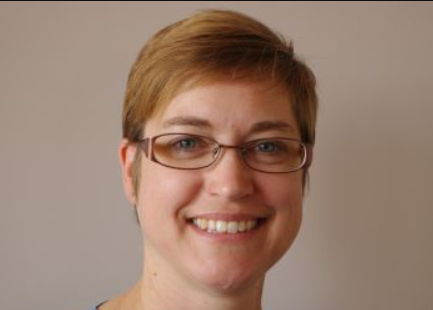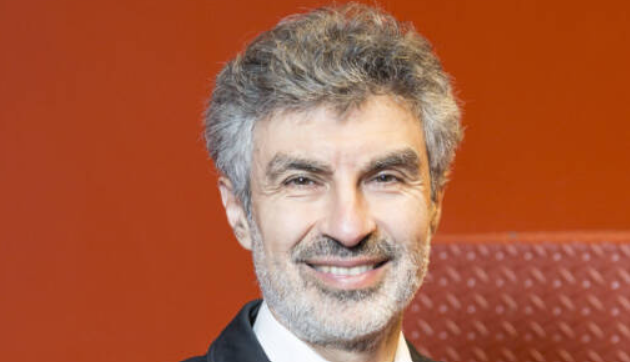The Short Report: February 12, 2025
Canadian Institutes of Health Research invests $411 million in 438 health research projects, federal government launches Canadian Genomics Strategy with $175-million investment, Canada’s problem is taking products to market, not creating products in the first place: Narwhal Project study, Ottawa releases new National Cyber Security Strategy, and more.
Other stories mentioning these organizations, people and topics
| Organizations: | |
| People: | |
| Topics: |
Other News
Events For Leaders in
Science, Tech, Innovation, and Policy
Discuss and learn from those in the know at our virtual and in-person events.
See Upcoming Events
You have 0 free articles remaining.
Don't miss out - start your free trial today.
Start your FREE trial Already a member? Log in
By using this website, you agree to our use of cookies. We use cookies to provide you with a great experience and to help our website run effectively in accordance with our Privacy Policy and Terms of Service.




